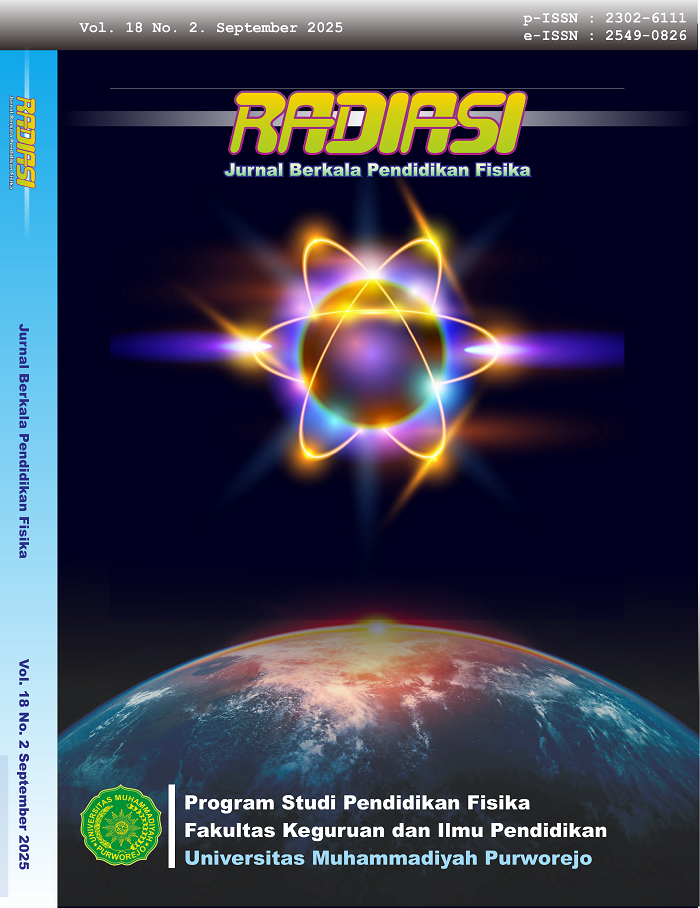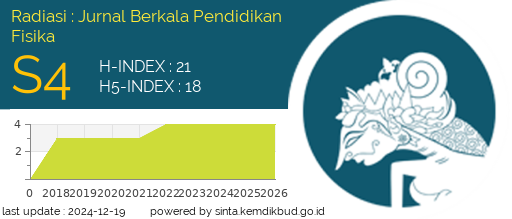Analysis of Rainfall Patterns in Papua Using The Empirical Orthogonal Function
Abstract
Indonesia as a tropical maritime country, experiences dry and rainy seasons influenced by geographical location, topography, winds, and climate phenomena such as ENSO and IOD. Although extensive research on rainfall patterns in Indonesia exists, specific studies on Papua remain limited. This gap leads to insufficient understanding of Papua's rainfall characteristics and dynamics, including dominant patterns and variability factors. This study aims to analyze rainfall patterns in Papua using the Empirical Orthogonal Function (EOF) method to identify dominant patterns and key modes of variability systematically. The EOF method is applied to extract dominant patterns from complex datasets, enabling spatial and temporal analysis of rainfall variability in the region. Analyzing rainfall patterns in Papua (1981–2015) using EOF combined with Machine Learning reveals that average rainfall intensity in Papua ranges from 0–9 mm per month. The EOF analysis identifies three principal modes explaining 62.53 percent, 11.39 percent, and 7.01 percent of total variance, respectively. EOF1 indicates dominant positive anomalies, while EOF2 and EOF3 show mixed positive and negative anomalies. Furthermore, rainfall variability in Papua is significantly influenced by interactions between the Indian Ocean Dipole (IOD) and El Niño-Southern Oscillation (ENSO), where positive IOD and El Niño phases contribute to dry conditions and reduced rainfall, while negative IOD and La Niña phases lead to wet conditions and increased rainfall.
Downloads
Copyright (c) 2025 Melly Ariska, Amelia Putri Sayyendra, Hamdi Akhsan

This work is licensed under a Creative Commons Attribution-NonCommercial 4.0 International License.




